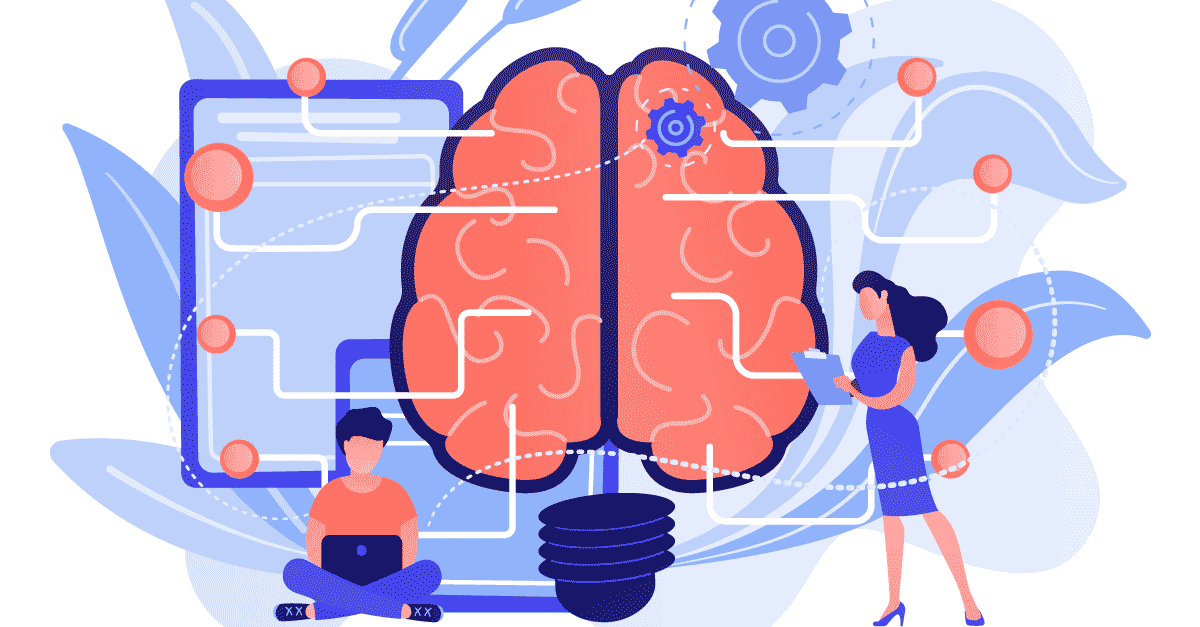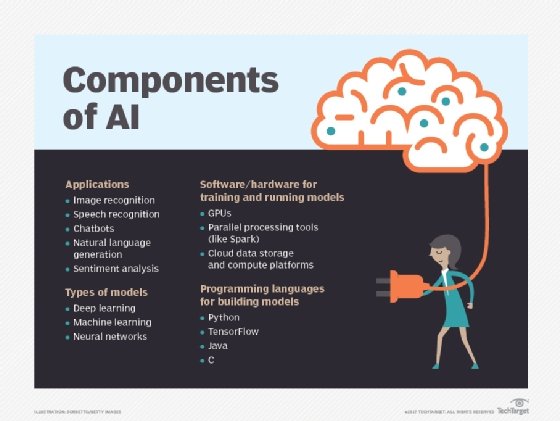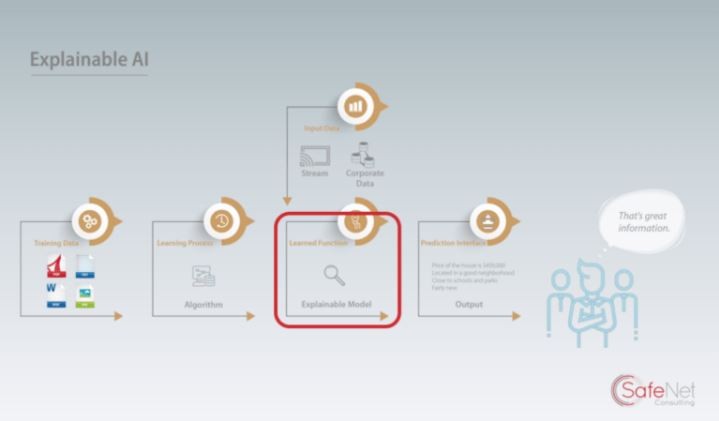
Recursive Neural Networks (RNNs), are deep neural network that use the same weights for input structures to build them in a recursive fashion. These neural systems can learn to predict the data set's output based on its structure. Recursive neural systems can also produce structured predictions. They can also learn how to predict scalar input values.
Structure
A recursive network of neural networks (RNN), is a type that works in a hierarchical tree-like manner. This network is efficient in natural language processing, as it can recognize the tree structure by its word embeddings and inputs.
The recursive network framework is able to capture the perceived structure of a problem, and then express this structure in graphical diagrams. The recursive network model uses patterns to encode information fragments during the learning and recall phases. These fragments need to have specific attributes, and they must be quantifiable. The patterns also indicate the logical relationships between data. These logical relationships can vary depending on the context. For example, in a decision-tree analysis, the recursive network might interpret events as co-occurrences.
Functions
A recursive neuron is a type which uses learning algorithms in order to predict output values. It can process discrete and real input values, as well as any type of hierarchical organization. It is also stronger than the common feedforward network. This article will examine the differences between traditional and recursive networks.

Every element in a recursive network of neural neurons is identified by a particular attribute. This attribute must be measurable. Patterns that are used in the recall and learning phases encode information fragments' attributes. They also encode the relationships between the fragments. The context in which the network is used will determine the nature of these relationships.
Applications
Recursive networks of neural networks can be used for solving problems, such language processing. Recursive neural networks can make use of the geometrical structure information to increase information content. Recursive neural systems typically use a stochastic learn algorithm. This is a great compromise between computational effort as well as speed of convergence.
A recursive neuron performs analysis through the memorizing of the relationships between data point. A sequence of data points has a defined order, usually time-based, although it can also be based on other criteria. A sequence of data points from the stock market shows price variations over a time period. To predict future events, a similar tree-like hierarchy can be used by a recursive neuro network.
Backpropagation
Recursive networks are networks that use the same weights at every node to learn. They are a subclass of neural networks and work on directed acyclic Graphs. The main purpose of RNNs is to learn distributed representations of structure.
The Bayesian Network, which implements recoveryability, is the fundamental concept behind recursive neuro networks. The typical block diagram of the model shows the unfolding process. The model can be either topologically or geometrically, depending upon the problem.

Recovery
Recursive neural networks can be used for pattern recognition problems. It is highly structured and can understand deep structured information. This model is computationally costly and has not been widely accepted. The most common training method is back-propagation through the structure, but it is notoriously slow, especially at the convergence stage. It is necessary to find more effective training methods that can overcome this problem. They are also expensive.
The recursive network framework attempts to capture the problem's structure and present it as a graphical model. The recursive modeling labels information fragments as graphs, and encodes the logical relations between them. These logical links are described by specific attributes which can be measured.
FAQ
What can AI do?
AI has two main uses:
* Prediction-AI systems can forecast future events. A self-driving vehicle can, for example, use AI to spot traffic lights and then stop at them.
* Decision making-AI systems can make our decisions. Your phone can recognise faces and suggest friends to call.
AI: Good or bad?
AI is seen in both a positive and a negative light. AI allows us do more things in a shorter time than ever before. We no longer need to spend hours writing programs that perform tasks such as word processing and spreadsheets. Instead, instead we ask our computers how to do these tasks.
The negative aspect of AI is that it could replace human beings. Many believe robots will one day surpass their creators in intelligence. This could lead to robots taking over jobs.
Is there another technology that can compete against AI?
Yes, but this is still not the case. Many technologies exist to solve specific problems. None of these technologies can match the speed and accuracy of AI.
What uses is AI today?
Artificial intelligence (AI), is a broad term that covers machine learning, natural language processing and expert systems. It's also known by the term smart machines.
Alan Turing, in 1950, wrote the first computer programming programs. He was intrigued by whether computers could actually think. He suggested an artificial intelligence test in "Computing Machinery and Intelligence," his paper. The test seeks to determine if a computer programme can communicate with a human.
In 1956, John McCarthy introduced the concept of artificial intelligence and coined the phrase "artificial intelligence" in his article "Artificial Intelligence."
There are many AI-based technologies available today. Some are simple and straightforward, while others require more effort. They range from voice recognition software to self-driving cars.
There are two types of AI, rule-based or statistical. Rule-based uses logic in order to make decisions. For example, a bank balance would be calculated as follows: If it has $10 or more, withdraw $5. If it has less than $10, deposit $1. Statistic uses statistics to make decision. For instance, a weather forecast might look at historical data to predict what will happen next.
Statistics
- That's as many of us that have been in that AI space would say, it's about 70 or 80 percent of the work. (finra.org)
- In 2019, AI adoption among large companies increased by 47% compared to 2018, according to the latest Artificial IntelligenceIndex report. (marsner.com)
- According to the company's website, more than 800 financial firms use AlphaSense, including some Fortune 500 corporations. (builtin.com)
- In the first half of 2017, the company discovered and banned 300,000 terrorist-linked accounts, 95 percent of which were found by non-human, artificially intelligent machines. (builtin.com)
- A 2021 Pew Research survey revealed that 37 percent of respondents who are more concerned than excited about AI had concerns including job loss, privacy, and AI's potential to “surpass human skills.” (builtin.com)
External Links
How To
How to make Siri talk while charging
Siri is capable of many things but she can't speak back to people. Because your iPhone doesn't have a microphone, this is why. Bluetooth or another method is required to make Siri respond to you.
Here's how you can make Siri talk when charging.
-
Select "Speak When Locked" under "When Using Assistive Touch."
-
To activate Siri, press the home button twice.
-
Siri will respond.
-
Say, "Hey Siri."
-
Speak "OK"
-
Tell me, "Tell Me Something Interesting!"
-
Say "I'm bored," "Play some music," "Call my friend," "Remind me about, ""Take a picture," "Set a timer," "Check out," and so on.
-
Speak "Done"
-
If you'd like to thank her, please say "Thanks."
-
If you have an iPhone X/XS (or iPhone X/XS), remove the battery cover.
-
Insert the battery.
-
Connect the iPhone to your computer.
-
Connect your iPhone to iTunes
-
Sync your iPhone.
-
Enable "Use Toggle the switch to On.